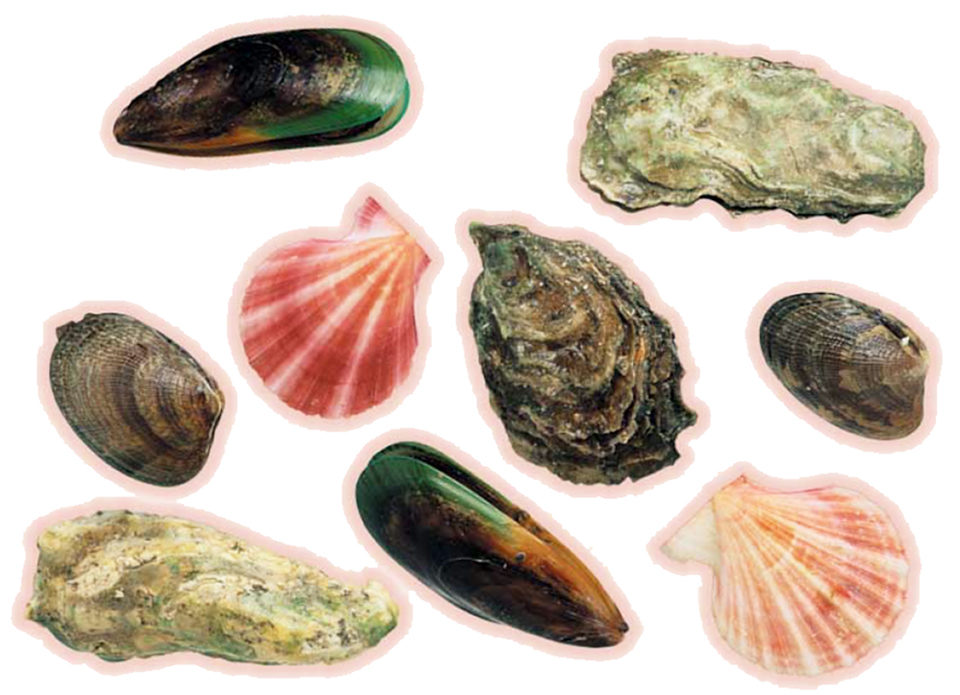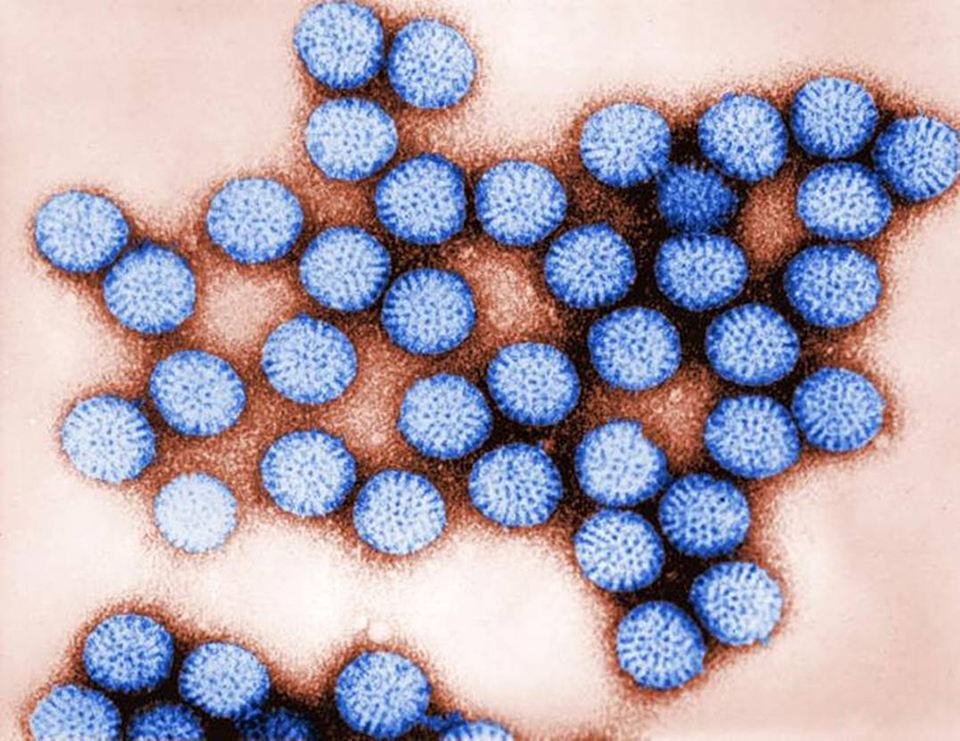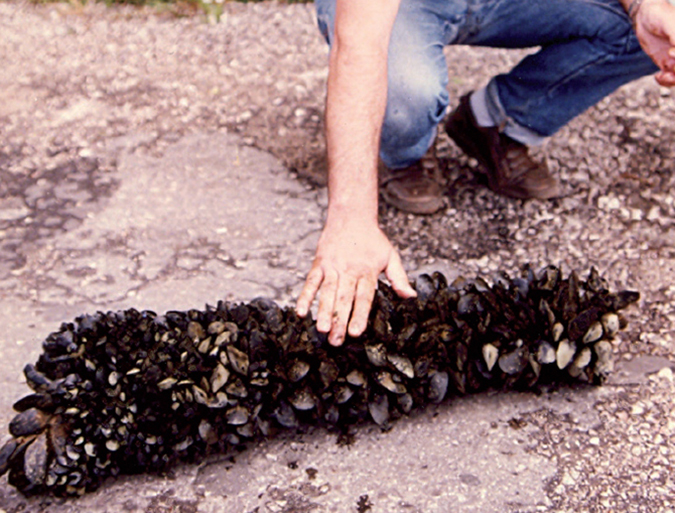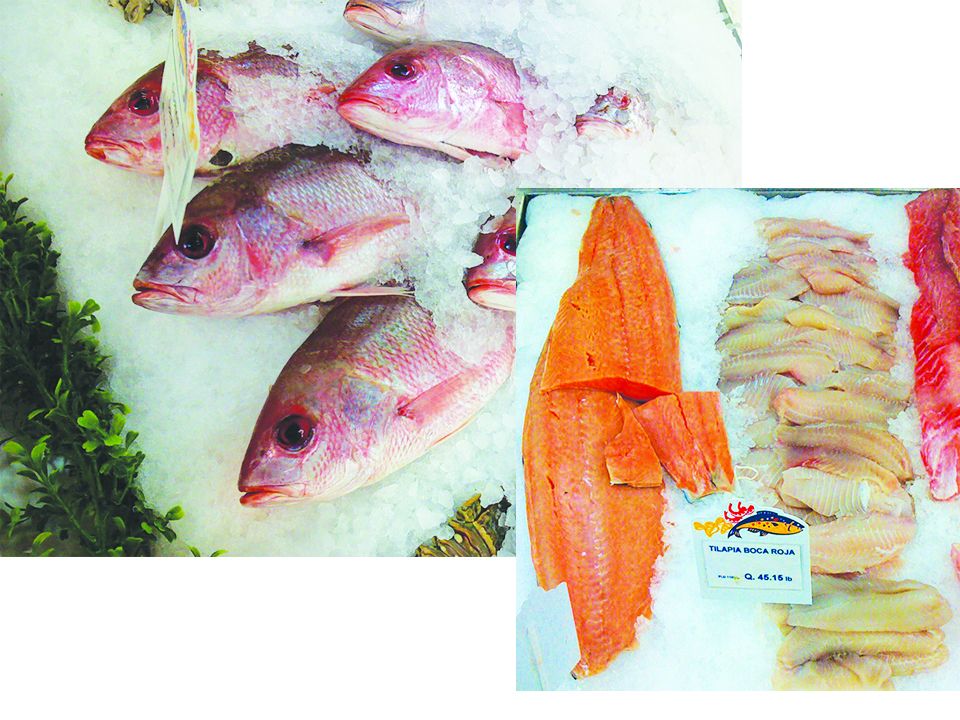Many related illnesses are mild or asymptomatic

Innumerable outbreaks of hepatitis A have been attributed to various foods, with shellfish considered a classic vehicle for transmission, as they are often consumed raw or only partially cooked. Hepatitis outbreaks associated with shellfish are most commonly caused by sewage contamination of harvesting areas from coastal runoff or ship discharges.
Hepatitis A virus
Hepatitis A virus (HAV) is the causative agent of hepatitis A, one of the more serious illnesses that can be transmitted by shellfish. HAV is a single-stranded RNA enterovirus in the genus Hepatovirus.
Transmission occurs primarily by the fecal-oral route via contaminated food, water, or direct person-to-person contact and is facilitated by poor sanitation and social crowding. Distribution is worldwide with infection virtually universal in developing countries, though its incidence is decreasing in industrialized nations.
HAV is responsible for an estimated 1.5 million cases of endemic and epidemic infectious hepatitis worldwide each year, with 260,000 cases and 100 deaths in the United States. However, reported cases in the United States only average around 25,000 per year, as many hepatitis A illnesses are mild or even asymptomatic.
The efficacious vaccines that have been available for several years may induce lifelong immunity. Vaccines are indicated for those at high risk, including travelers to endemic areas, health care personnel, those with chronic liver disease, and certain immunocompromised individuals. Hepatitis A outbreaks create an enormous burden on various agencies, including the health care industry, food processors and distributors, employers, and regulatory groups.
Shellfish vectors
Filter feeders such as bivalve shellfish sometimes take up and concentrate pathogenic organisms, including HAV, from their environments,. Several studies have demonstrated remarkable concentrations and persistence of HAV in shellfish exposed to the virus in surrounding sea water. HAV can persist for several weeks in oysters despite the use of depuration techniques. This virus is also fairly resistant to heating and may remain viable in shellfish after up to five minutes of steaming.
A massive outbreak of hepatitis A attributed to contaminated cockles occurred in 1988 in China, resulting in several hundred thousand cases. Numerous other outbreaks related to consumption of shellfish have been documented: Sweden, 629 cases in 1956; Louisiana, Texas, and Georgia, USA, 278 cases in 1973; Great Britain, 450 cases in 1981; Spain, 183 cases in 2001.
Shellfish-associated hepatitis A outbreaks occur globally and are likely underreported, as the relatively long incubation period from time of exposure to onset of symptoms renders tracing and detection of a common source difficult.
Postharvest handling
Multiple modalities are available for the postharvest processing of shellfish. Adequate cooking is very effective in eliminating bacterial and viral pathogens, but in order to eliminate HAV, a minimum temperature of 100 degrees-C must be maintained for at least two minutes. Brief boiling or steaming does not reliably inactivate HAV. As mentioned, depuration is ineffective in removing HAV from shellfish. Radiation techniques are variably effective, but not widely acceptable to consumers.
High hydrostatic pressure processing
Since many people prefer raw or minimally cooked shellfish, a process that preserves such characteristics while eliminating bacterial and viral pathogens is desirable. High hydrostatic pressure processing (HPP) may represent such a process. HPP is well known to eliminate Vibrio vulnificus and other common bacterial pathogens from oysters, and is currently used in the oyster industry in Louisiana and on the west coast of the United States for this purpose.
HPP-treated shellfish retain the sensory characteristics and organoleptic qualities of the raw product. Preliminary studies have revealed that HPP is capable of inactivating HAV at commercially feasible pressures in shucked oysters, and research is under way to determine the HPP inactivation parameters for HAV and other pathogenic viruses in shellfish still within the shell.
Current guidelines
Current coliform guidelines for shellfish, which are designed to protect consumers from exposure to bacterial pathogens, do not necessarily correlate well with the presence of enteric viruses. Thus, cases of hepatitis A can occur from the consumption of shellfish that have been deemed acceptable by these standards. This suggests the need for further research into revised or surrogate-model standards to detect enteric viruses, and/or the development of postharvesting process methods that eliminate these pathogens.
(Editor’s Note: This article was originally published in the April 2005 print edition of the Global Aquaculture Advocate.)
Now that you've reached the end of the article ...
… please consider supporting GSA’s mission to advance responsible seafood practices through education, advocacy and third-party assurances. The Advocate aims to document the evolution of responsible seafood practices and share the expansive knowledge of our vast network of contributors.
By becoming a Global Seafood Alliance member, you’re ensuring that all of the pre-competitive work we do through member benefits, resources and events can continue. Individual membership costs just $50 a year.
Not a GSA member? Join us.
Author
-
Daniel Holliman, M.D.
Virginia Tech
Blacksburg, Virginia 24061 USA[117,100,101,46,116,118,64,97,109,105,108,108,111,104,100]
Tagged With
Related Posts

Intelligence
Human enteric viruses in shellfish, part 1
Commercially harvested shellfish have been reported to cause gastro-enteritis when humans consume virus-contaminated products. Rotaviruses are one of the main types of viruses able to survive and persist in the aquatic environment.

Intelligence
Human enteric viruses in shellfish, part 4
Pathogenic noroviruses have been identified in shellfish from various countries in Europe. The major cause of outbreaks of acute gastroenteritis in humans, norovirus infection is transmitted three main ways, led by consumption of shellfish.

Intelligence
Human enteric viruses in shellfish, part 3
Epidemiological studies have estimated that noroviruses are responsible for 60 percent to 80 percent of all foodborne outbreaks of gastroenteritis worldwide. Consumption of shellfish is one of three main transmission routes of norovirus infection.

Health & Welfare
The truth about selenium
Selenium in ocean fish is essential for human immune function and required for vital tissues like brain and hormone-producing organs. The trace element also can counter some of the impacts of methylmercury in fish.


